Rii Abrego is a Latina illustrator and comic artist who resides in the very humid southern United States. Rii has provided work for Random House, Oni Press, BOOM! Studios, Lion Forge, OMOCAT, Harmonix, Kazoo magazine, Ascend Comics, and Power & Magic Press, among others. She is the illustrator of the graphic novel The Sprite and the Gardener, co-written with Joe Whitt and published by Oni Press.
Benjamin A. Wilgus is a cartoonist and writer of comics and prose, including Chronin, a graphic novel duology from Tor Books. He has also written two works of graphic nonfiction for First Second Books: Flying Machines: How the Wright Brothers Soared, illustrated by Molly Brooks, and The Mars Challenge, illustrated by Wyeth Yates.
I had the opportunity to interview Rii and Ben, which you can read below.
First of all, welcome back to Geeks OUT! Could you tell us a little about yourselves?
Rii: Thank you for having me!
I’m Rii, and I’m an illustrator and comic artist who lives in the southern USA. I studied drawing and painting at the University of Montevallo in Alabama, and since then I’ve provided art for a variety of comic titles, including the original graphic novel The Sprite and the Gardener. I also have several cats (they gave me no choice in the matter)
Ben: And I’m Ben! Very happy to be here! I’ve been neck-deep in comics for most of my life at this point — I had my brain chemistry altered forever by both the Mirage Studios and Archie TMNT comics series in middle school, and I think that pretty much locked me in. I’ve drawn a lot of comics and zines over the years (including Chronin, a big two-part graphic novel) but these days most of professional comics work is either writing or editing. I live in Brooklyn, and at the moment I’m sad to say I only have one cat, but I have high hopes for what the future may hold.
As a creative, what drew you to the art of storytelling, specifically within the graphic novel medium?
Rii: I’ve always loved the visual aspect of storytelling in comics. It’s a lot like real life in that there’s so much that can be communicated without words. Gestures, expressions, colors, angles, and framing can all be used to either emphasize or contradict the dialogue, to control the impact of the scene, etc. It’s like the script has a second script layered on top, and every artist approaches it differently. I want to explore it more!
Ben: Rii put it perfectly! I love that a given comics page can be so dense with nuance and meaning while also feeling breezy and effortless to read — there’s an elegance to a really good comic that’s so unique to the medium. I also write prose, and so I spend a lot of time thinking about the specific strengths of graphic novels as a format, and I do what I can to lean into those strengths instead of fighting them. There are emotional moments between characters which would take hundreds of words of text to explain, but are immediately clear in just a couple of panels.
There’s a certain type of comics writer who tends to overwhelm pages with captions or dialog that aggressively explain to you what you’re looking at and how you’re supposed to feel about it, often unnecessarily reiterating what’s perfectly clear in the art. But I think it’s a mistake to think that comics writing is just about cramming as much text as possible onto the page. I feel like my job is to be collaborating with the artist to use the entire comics toolbox to tell a story, whether that be the pacing and paneling, the details included in the frame, the facial expressions and body language of the characters, the color palette, the list goes on and on!
“Collaboration” really is the a key word here, too! Many many comics are collaborative — as opposed to prose, which tends to be more solitary — and I think that makes for better books. Everyone brings their own voice and perspective and talent to the table. I love it!
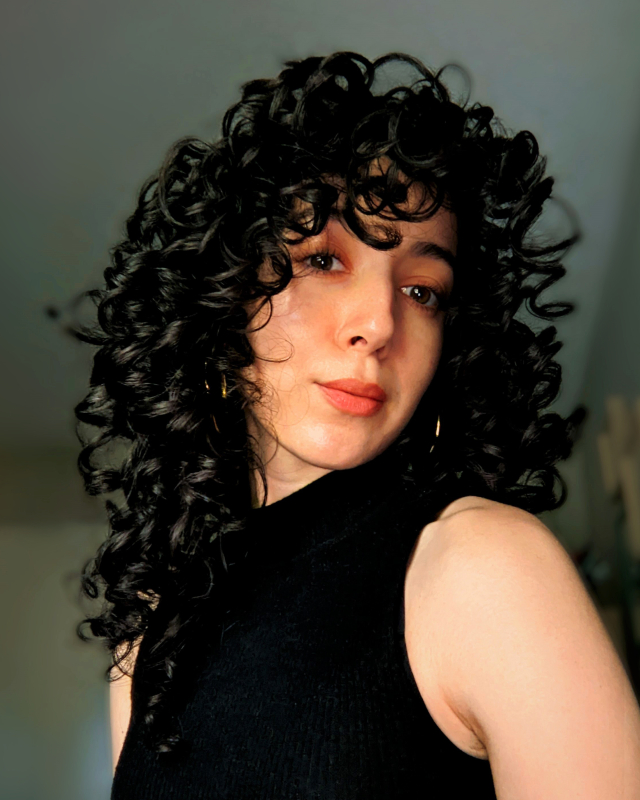
For those curious about the process behind a graphic novel, how would you describe the process? And as a team, how would you describe your collaboration style for this project?
Ben: As the writer, I was the first runner in the comics relay race, for the most part. I had met with our editor, Whitney, very very early on to talk about the kinds of books she was interested in for RHG, and Grace Needs Space! — originally called Space Moms before we came up with the final title — was born from those conversations. And writing a full outline for the book was actually part of the pitch process in my case, so by the time I got the official go-ahead to start working on the script, I had all the major plot beats figured out.
After Rii joined the team — after the outline, but before the script — she and I talked about our big picture vision for the book and what we wanted it to be like. And with those early conversations in mind, I went off to my little corner and wrote and wrote and wrote. And while I was writing, I was also putting together big folders of reference images for some of the locations and objects and such that were part of this far-future deep-space setting, in order to help give Rii a jumping-off point for bringing Grace’s world to life. I’d recently written a non-fiction comic about human spaceflight (The Mars Challenge, drawn by Wyeth Yates) so I was in a great position to really dive down deep into the nerd mines with this one.
Once I was done with the script, though, I honestly tried to be as hands-off as possible! Rii is a fantastic cartoonist with really strong instincts for how to best tell a story, and I trusted her completely. Honestly, I think a bunch of my notes involved taking out or trimming down dialog that it turned out wasn’t needed — Rii’s art speaks volumes, sometimes that text was just getting in the way!
Rii: In this book’s case, I designed the characters early on, but I didn’t start drawing the book itself until the script was completed, so I had the story laid out for me start to finish. That might sound limiting, but aside from the dialogue being set in stone, I was actually given a lot of room to freely interpret how each scene would look.
My basic process for this graphic novel was to roughly thumbnail each page to get a sense of where everything would go, then come back and refine everything in cleaner sketches, then draw over those sketches with the final lines, and then color it all. So rather than finishing one page at a time, I’d essentially work through the entire book and then circle back multiple times. It’s kind of interesting to see how it evolved with each pass!
Many authors would say one of the most challenging parts of writing a book is finishing one. What strategies would you say helped you accomplish this?
Ben: In the cast of this specific book, the biggest challenges were bad timing and bad luck on a global scale, to put it very mildly. I was juggling a few different projects, and had specifically set aside March of 2020 as the month when I was going to write the bulk of this script, which…you know. Ended up not working out so well.
I wish I could tell you what I did to get this script done. I cannot remember writing most of it. I DO remember turning it in a little behind deadline, and feeling absolutely awful about having been late, which in retrospect is insane to me. Like…Benjamin. Sir. You were in the deepest depths of a global pandemic, my guy, you did FINE.
More generally, though — when I’m writing things under less hilariously terrible circumstances — my big strategy for finishing things is to tell myself, over and over, that if the first draft is bad I can always fix it. I have an editor, I have a wonderful agent, I have smart friends who give great feedback, I have talented collaborators. If the draft is broken, we’ll figure it out. But you can’t fix something that doesn’t exist.
Growing up, were there any stories in which you felt touched by/ or reflected in? Are there any like that now?
Ben: As a queer trans person who was born in the 80s, this is a complicated question. Like…big-time haunted chuckling as I look back on what I hyper-imprinted on as a kid, only to then not figure my transgendered self out for another couple decades. I watched Mulan a frankly insane number of times. I think Pricilla, Queen of the Desert was the first truly queer movie I ever watched, and it shook me to my core. I was really really into Phantom of the Opera in a way that can only be described as deeply homosexual. I recorded George Michael’s Too Funky and Freedom 90 music videos off VH1 and let me tell you, I wore those tapes OUT.
These days, I do everything I can to surround myself with queer stories told by queer people, I am marinating in the best possible content at all times, there’s simply too much to even begin to list off here. But I will take a moment to say that probably the most transformative media in my personal queer journey was both reading and writing deeply vulnerable fanfiction. AO3 is my church, truly.
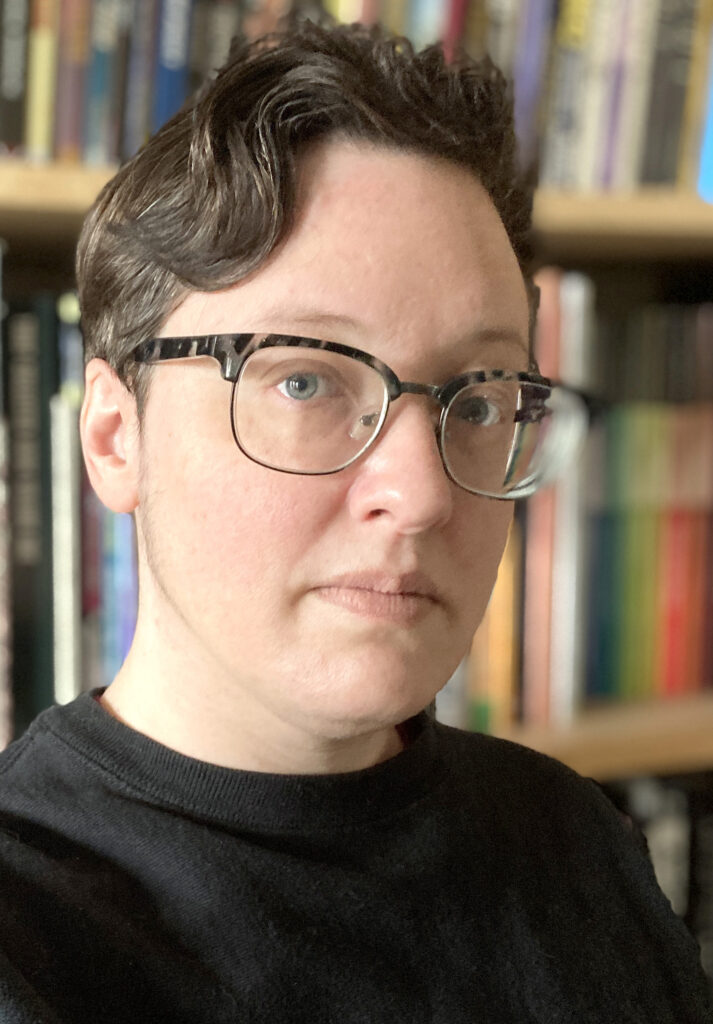
As a creative, who or what would you say are some of your greatest creative/artistic influences and/or sources of inspiration in general?
Rii: That’s a really difficult question! As a kid, I was extremely influenced by anime and manga in general (and I guess maybe that’s still true), with very girls-oriented titles like Tokyo Mew Mew, Sailor Moon, and Full Moon wo Sagashite taking up 90% of my brain space on any given day. In recent years I’ve diversified a lot, so I can’t really pinpoint any major sources. I try to draw inspiration from everything I can, whether that’s abstract work, film, photography, or even just places and objects I see in my day-to-day life. Like, I’ve found inspiration for more than one illustration in a grocery store. Inspiration is everywhere if you’re looking for it.
Ben: The lazy-but-true answer to this is that everything is an influence — all the books and movies and comics and music I’ve taken in, all the conversations I’ve had with friends, all the experiences I’ve weathered, and the places I’ve lived or visited. It all stews in the crockpot of my brain, it’s all part of the inspiration soup I’m drawing from when I sit down to write.
For Grace Needs Space! specifically, one of my most important inspirations was my own younger self. I spent a lot of time thinking about what I cared about when I was Grace’s age — what it was like to have divorced parents where one of them lived far away, what my struggles and my fears were, the ways in which the adults in my life both supported and failed me, what tiny me felt was most important. It was easy for present-day me to sympathize with Mom and Ba, who are close to my own age and deal with the stuff my parent friends deal with. But it was so so important that I also re-ground myself in what it’s like to be twelve and to desperately care about things that are largely out of your control.
What are some of your favorite elements of writing/ illustrating? What do you consider some of the most frustrating and/or challenging?
Rii: I love that illustration is a little like a puzzle. You only have so much room to convey what you need to convey, so you have to figure out the easiest way to do that. This is especially true in comics since most people are usually zipping past each panel – you want it to be clear enough that it can be understood at a glance. That element is both the most difficult and the most fun.
Ben: Funny enough, I love that writing is a little like a puzzle! There’s this fantastic satisfaction to figuring out how to solve a plot problem or tidy up a character arc — when you feel those pieces click into place, it’s glorious.
Aside from your work, what are some things you would want others to know about you?
Rii: I spend a lot of time outdoors learning about the local environment and ecosystem, and I encourage everyone to do the same. The more you learn about the world around you, the more textured the it becomes. You start noticing the details more. Communicating the magic in the everyday is a huge part of my artistic goal, and I hope it can inspire someone to get out there and experience it for themselves.
Also, I’ve gotten kind of interested in dolls recently. Maybe that’s weird.
Ben: So despite spending most of my career in publishing, I actually went to film school. And I was pretty hardcore about it, too — one time I watched the 1989 Teenaged Mutant Ninja Turtles movie with the saturation turned all the way down so that I could pretend it was a black and white film, and then spent an hour talking to my film student friends about its gorgeous use of light and contrast.
But despite that, there are SO many iconic films that I’ve simply never seen. Not that I fuss over it much — in my experience, the movies that I need to watch find me in their own time. Which is all to say, a few weeks ago at a movie night with friends, I saw Victor Victoria for the first time, and it made me so damn happy. Every second of it, sheer delight. I’ve had a deeply Gender crush on Julie Andrews ever since watching her play Peter Pan as a small child, so this really was my queer journey coming full circle in a way. So yes, I was thunderstruck by Victor Victoria in 2023, and that’s the important fact I want people to know about me at the moment.
What advice might you have to give for other aspiring creators, especially those looking to draw and/or write graphic novels themselves?
Rii: Have interests outside of comics! My favorite comics are the ones where you can really see the creator’s passion for a niche topic or hobby shining through. If people can feel your love for whatever you’re writing about, they’ll be drawn to it.
Ben: Seconding that — Rii’s is absolutely right!
I’d also add that the best way to break into comics is to make them. Learn by doing, find your voice, play with the medium. Even if you only want to be a writer, drawing comics will make you so much better at your job — it doesn’t matter if they’re all stick figures, you’ll still build fluency in paneling and pacing and flow, you’ll get a sense of how much text feels comfortable on a page, you’ll learn where to put your page turns for maximal effect. It’s invaluable!
Finally, what LGBTQ+ books/authors would you recommend to the readers of Geeks OUT?
Ben: So, as I mentioned above, I edit comics as well as writing them. And one of those books — The Bawk-ness Monster, by Natalie Riess and Sara Goetter — comes out in June! It’s an extremely fun and deeply queer book about a group of cryptid-hunting kids, written and drawn by two of the best cartoonists in the business, and I’m so so so so excited for everyone to read it.
If you’re looking for queer comics for adult readers, some of my personal favorite authors are EK Weaver, Otava Heikkilä, Sarah Winifred Searle, Fumi Yoshinaga, Ngozi Ukazu, Carey Pietsch, Yuko Ota and Ananth Hirsh. Solid gold, every one of them!

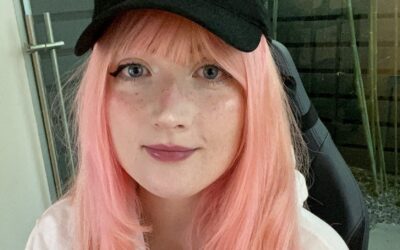
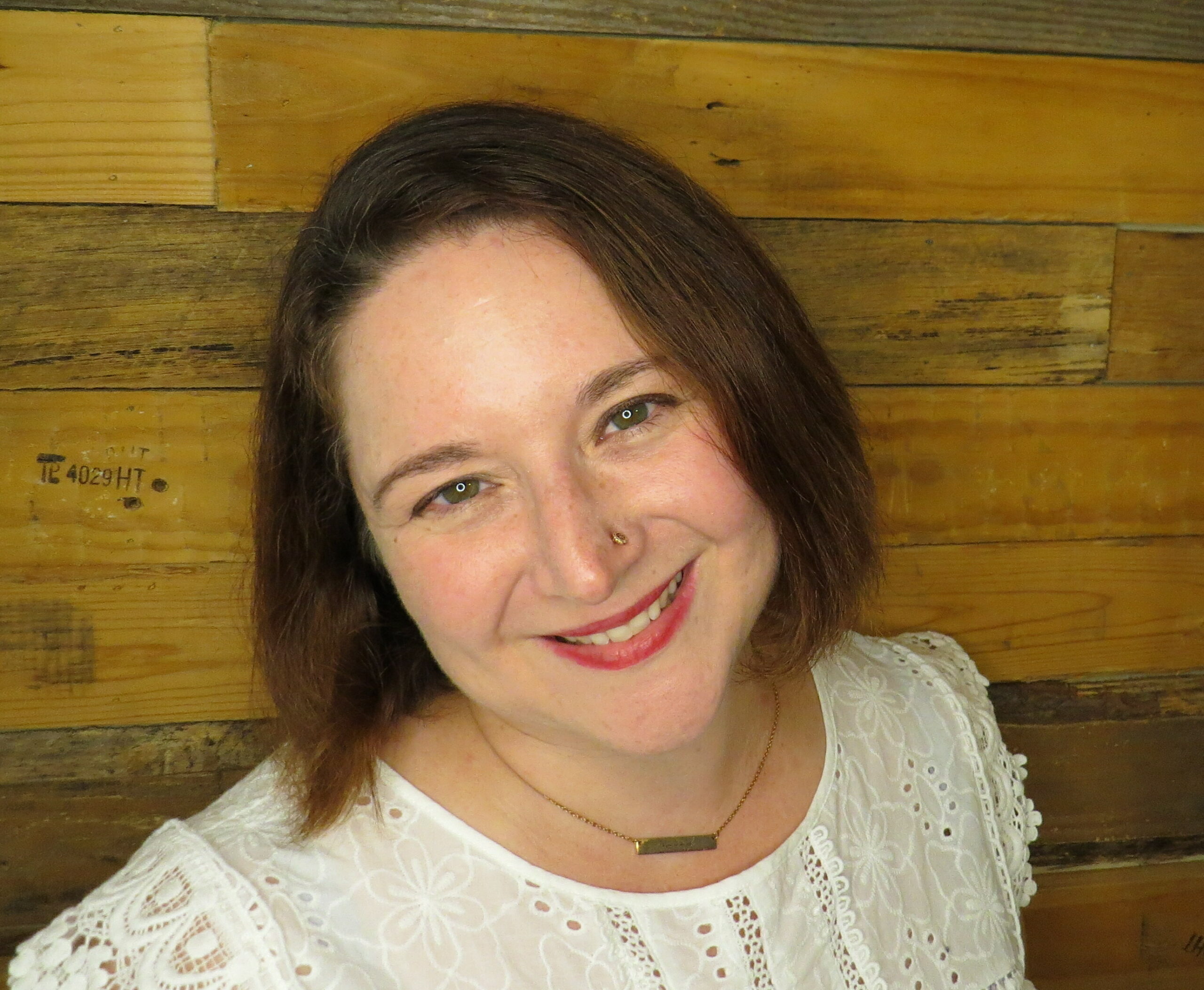
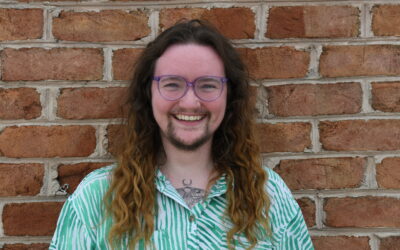
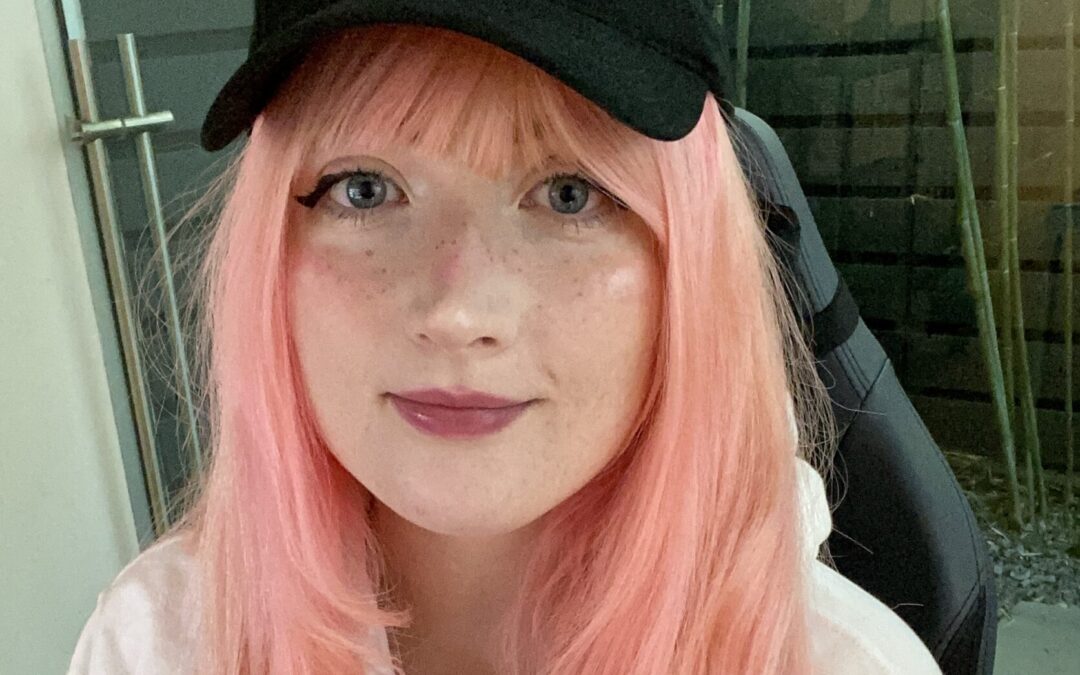
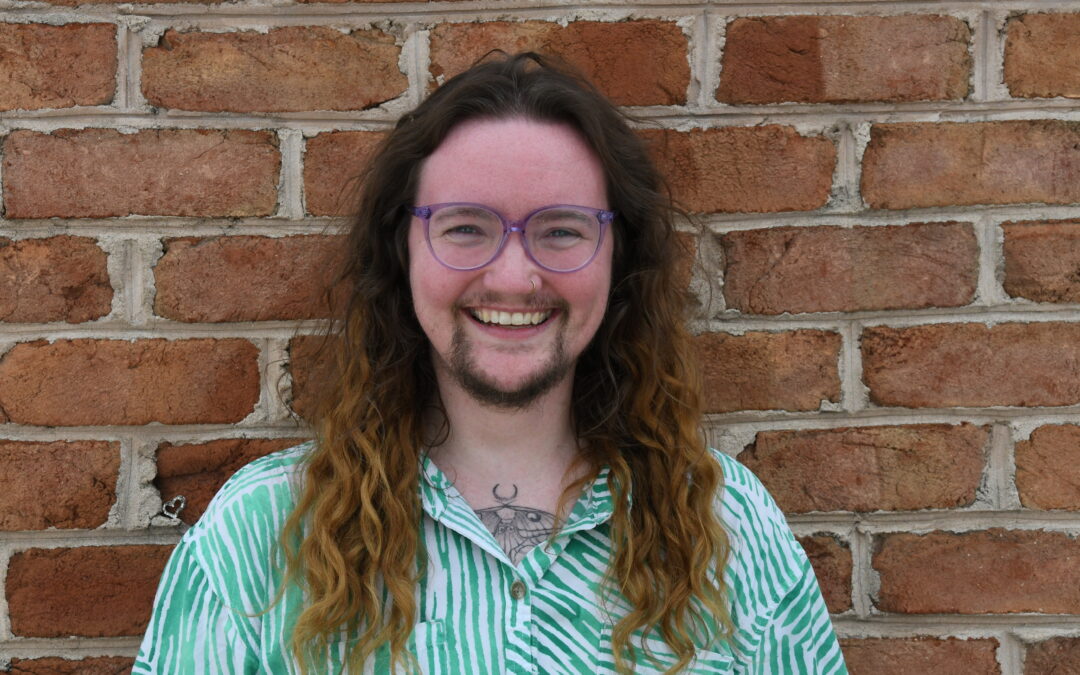
0 Comments